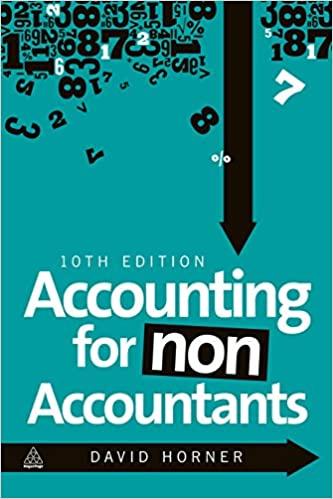Question
A company is performing a capital budgeting analysis on a potential $200,000 piece of equipment with a six-year life. This question asks you to determine
A company is performing a capital budgeting analysis on a potential $200,000 piece of equipment with a six-year life. This question asks you to determine the after-tax cash flows (ATCFs) associated with just the last year of the proposed projects life. (A full capital budgeting analysis would require you to calculate the ATCFs for the entire life of the project.)
The following information is available:
- The project is expected to generate annual pre-tax net cash flows of $60,000 for each year of its useful life.
- For financial accounting purposes, the company will be depreciating the machine on a straight-line basis with $10,000 salvage value. For tax purposes, the company will be depreciating the machine using the IRS-provided tables with a zero salvage value (as prescribed in the tax code). The tables provide for a 5.76% depreciation rate in Year 6.
- At the end of the 6th year, the company anticipates being able to sell the machine for $10,000. Any taxable gain or loss on the disposal will affect the Year 6 after-tax cash flow.
Assume that the companys tax rate is 35%. Determine the Year 6 after-tax cash flow that would be included in a NPV, IRR, or MIRR analysis. Show your work clearly. (You should have calculations associated with each of the three bullet points. Total them to get your final answer.)
Step by Step Solution
There are 3 Steps involved in it
Step: 1

Get Instant Access to Expert-Tailored Solutions
See step-by-step solutions with expert insights and AI powered tools for academic success
Step: 2

Step: 3

Ace Your Homework with AI
Get the answers you need in no time with our AI-driven, step-by-step assistance
Get Started


